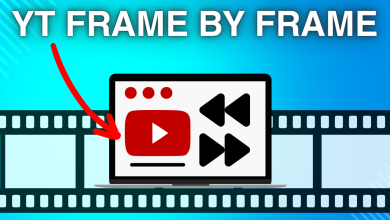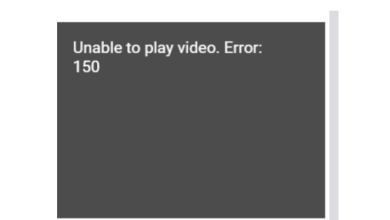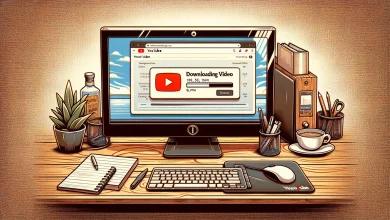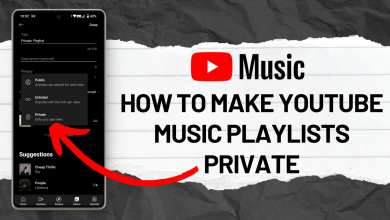When Was YouTube Created & Why: Past, Present & Future
- YouTube was created by Chad Hurley, Steve Chen, and Jawed Karim in 2005, starting as a video dating site before evolving into a general video sharing platform.
- Over time, YouTube introduced various features such as monetization, YouTube Premium, and YouTube Kids, enhancing user experience and creator revenue opportunities.
- Looking ahead, YouTube plans to further integrate AI, enhance monetization methods for creators, and possibly explore VR and AR technologies to maintain its competitive edge.
Just as one turns to a friend in times of need, many people find solace and entertainment by immersing themselves in the world of videos on YouTube. This online video-sharing platform has become a dominant part of the technological era due to its accessibility and flexibility to host a wide range of video content, including music, vlogs, movies, shows, etc., for the public.
Serving both individual interests and collective needs, YouTube allows exploration of various fields such as business, entertainment, and education. Yet, amidst its prominence, one may wonder: where did the journey of YouTube truly begin?
Table of Contents
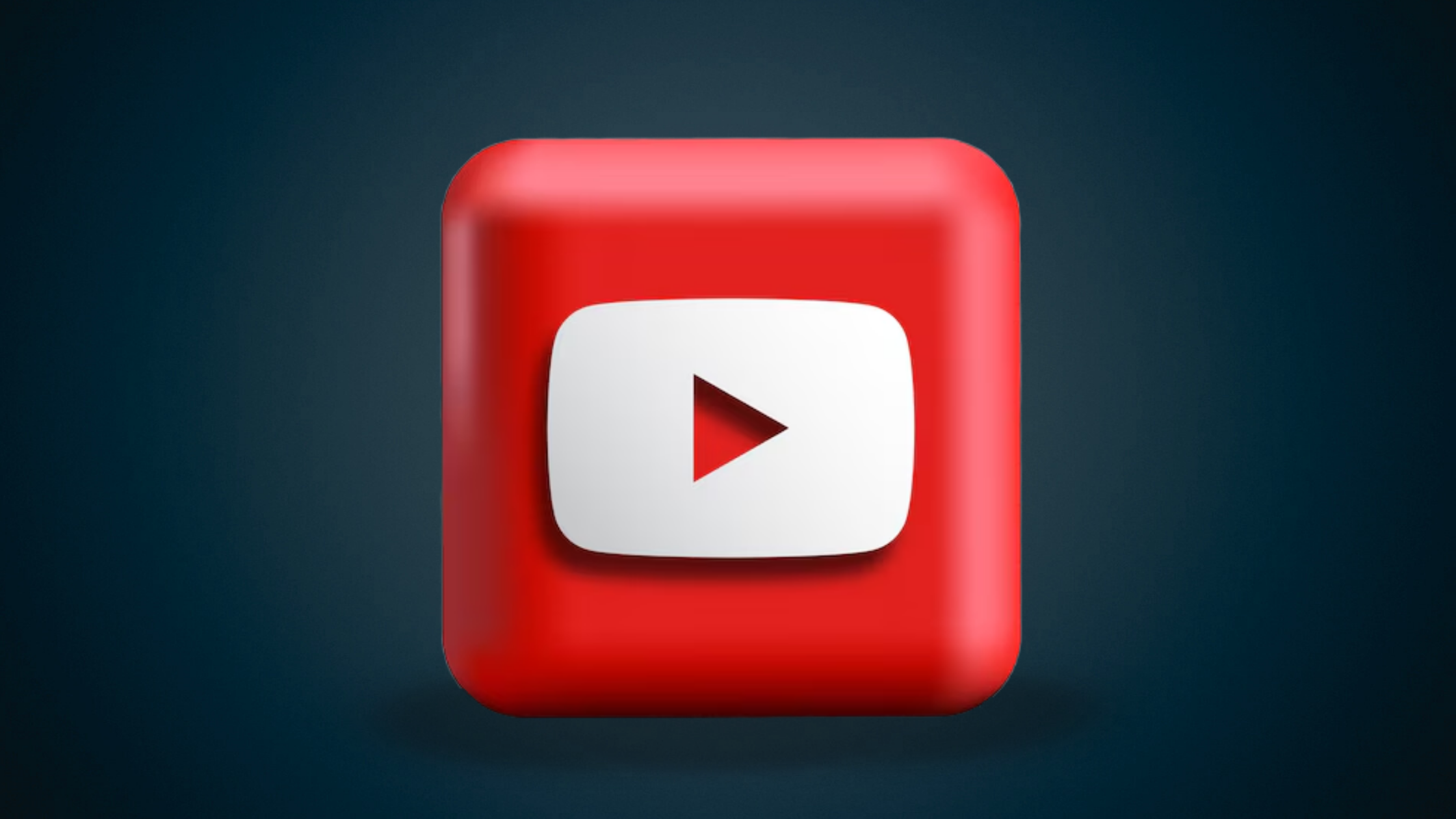
The Original Idea Behind YouTube
Let’s travel back to the very origin, when three friends Chad Hurley, Steve Chen, and Jawed Karim (former employees of PayPal) set out to revolutionize the landscape of online videos. Originally, the plan was to set up a video dating website where people would post videos of themselves and find potential matches or talk about their partners. Their initial slogan read, “Tune In, Hook Up.”

Upon seeing no success of this dating site, the founders took it a step further and paid women on Craigslist for participation. However, they soon realized this plan was an unsuccessful attempt, hence the focus shifted to providing people with a platform to share any type of video and connect with others instead.
According to Jawed Karim, the inspiration behind this idea was the lack of online records of events like the wardrobe malfunction of Janet Jackson in the 2004 Super Bowl or the tsunami in the Indian Ocean of the same year.
Fueled by their passion to provide a platform for sharing global experiences, the friends designed a website to post all sorts of content and engage with people worldwide. From these beginnings, YouTube rapidly evolved into the platform we know today.
READ MORE: 5 Easy & Fast Ways to Download YouTube Videos [2024] ➜
When Was YouTube Created?
While the idea took place in 2004, YouTube finally made its mark in the world by being officially registered on 14th February, 2005 in San Mateo, California, US. What began as a simple aspiration to share video content online by the founders Chad Hurley, Steve Chen, and Jawed Karim, eventually took the internet by storm, making a prominent name for itself.
The first ever video to appear on YouTube dates back to April 23, 2005. Titled as “Me at the zoo” this 19-second video was posted by one of the co-founders, Jawed, in which he can be seen standing in the San Diego Zoo, making observations about the elephants’ trunks. As of current statistics, this video has over 813 million views and 16 million likes remarkably.

READ MORE: How to Find Out How Old Is Your Computer – Windows & Mac ➜
A Rundown of YouTube History
The journey of YouTube from the initial stages to the current phenomenon in the modern world did not happen overnight. Rather this dynamic online video-sharing platform has been constantly evolving for over a decade.
1. The Early Stages
After the beta launch of YouTube in 2005 and the success of the first video posted, people started getting a hang of the versatility this site offered. Milestones such as the first video to hit a million views entered the picture when Nike uploaded an ad of the Brazilian soccer player Ronaldinho receiving his Golden Boots. This further led to the promotion of the company.

In December 2005, YouTube was officially launched for the public having around 8 million views on a daily basis. Investment from firms such as Sequoia Capital and Artis Capital Management improved the site’s accessibility and bandwidth, resulting in greater success.
Then in 2006, the Content Verification Program came into being as a result of the copyright infringement case with NBC, which allowed creators to protect their content from copyright issues. Moreover, they striked a deal with YouTube for the promotion of their Fall’s TV lineup, paving the way for profitable partnerships in the future.
It wasn’t long after that Google stepped into the frame and bought the platform for $1.65 billion. The growth after this acquisition was vivid and exceptional that enabled this site to serve as a source of income for many individuals.
READ MORE: How to Clear Reddit History on Mobile & Desktop [2024] ➜
2. The OG Creators
While the people who once ruled YouTube are at different places today, their contribution plays a crucial role in the development of this platform. Videos such as “Charlie Bit My Finger” or “Evolution of Dance” were viral factors in the early days of YouTube.
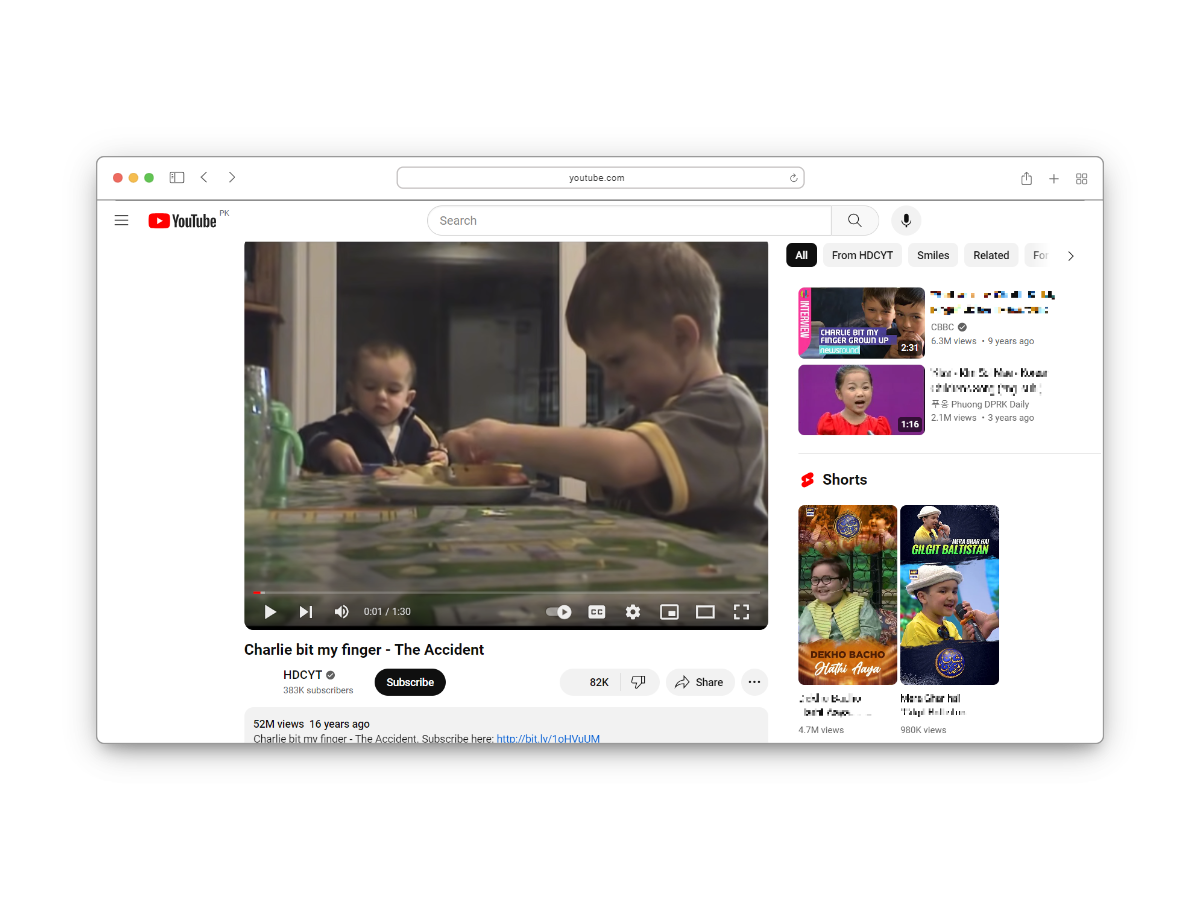
Starting with NigaHiga or Ryan Higa, his comedy sketches earned him the title of the most subscribed-to channel for 677 days continually. Similarly, Lucas Cruikshank, creating an online persona through the character of Fred, posted videos discussing daily routines. However, he eventually shifted from starring Fred to himself in vlogs.
Fulfilling its entertainment purposes, YouTube thrived on niches related to comedy. Channels such as Smosh and ShaneDawsonTV gained immense popularity for their comedy skits and continued to expand their reach. Moreover, commentary shows like “What the Buck” had a charm of their own.

READ MORE: How to Find & Use the Instagram Clipboard on Android & iOS ➜
3. Shift Towards Monetization
While YouTube initially began as a platform to share and engage via videos, it quickly incorporated other interactive features and tools such as ads, rating, subscriptions, feedback, etc., that changed its dynamic in the online world. The launch of the Partner Program in 2007 allowed people to get paid for their content by monetizing their channels.
In addition, YouTube Live led to the inclusion of politics, sports, and other fields, increasing the range of content covered on this site. People started tuning in for live TV shows, elections, concerts, Olympics, and global events, increasing YouTube’s monthly visitors to billions.
The invention of subscription services such as Music Key for free music streaming, ended up being replaced by YouTube Red (now known as YouTube Premium). It offers a variety of additional services like watching videos in the background or offline (and without ads) while sharing a part of the membership fee with the creators.

Then came the testing of ad pods, with the main objective to increase views and monetization of channels. However, the back-to-back ads, although giving the viewers an option to skip if not suitable for them, proved to be controversial as a petition was filed to remove the idea.
Furthermore, YouTube has recently started featuring AI techniques to form effective ad combinations for its users. By focusing on higher engagement and reach of audience, and providing a variety of ad formats, YouTube aimed to yield better results. The use of algorithms took care of categorizing and showcasing content accordingly.
READ MORE: If You Search Someone on Instagram, Will They Know? ➜
4. The Evolution of YouTube Player
The YouTube player has undergone several changes from the initial set up. When YouTube was newly launched, the video player only had a few controls and a huge logo watermark in the bottom left corner. Gradually, options like the Full Screen, changing playback speed, and automation captions emerged. The addition of new controls has enabled the audience to adjust the video’s playback as per their liking.
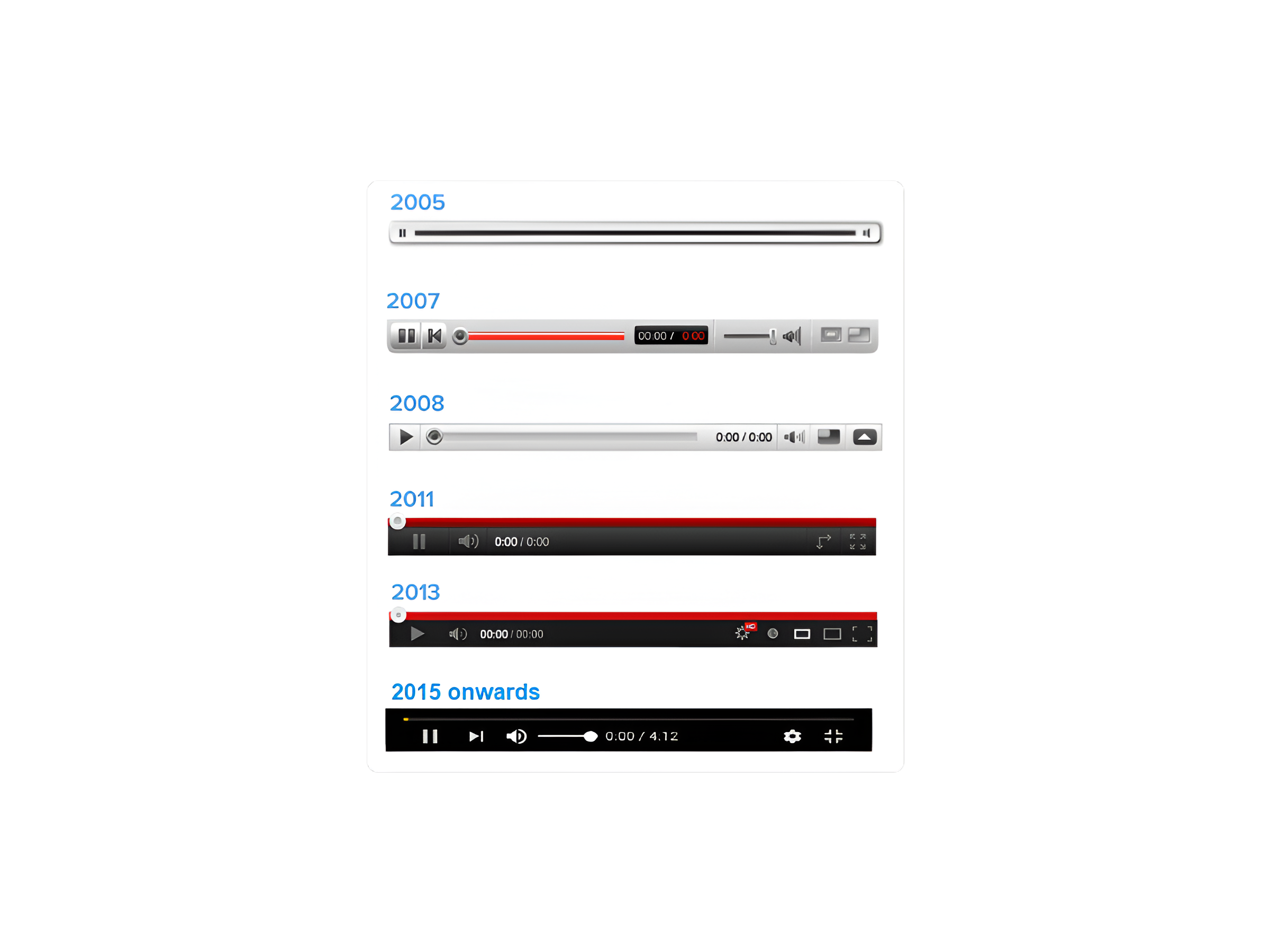
5. The Adpocalypse
From 2017 and onwards, YouTube entered a major setback phase called the Adpocalypse which occurred due to a number of factors. Content creators such as PewdiePie faced extreme criticism for creating content considered harsh. Many restrictions were imposed by YouTube regarding the type of content and ads acceptable and violation of these restrictions meant demonetization of channels.
Several big companies including Coca-Cola and Johnson & Johnson either paused or pulled back their ads from YouTube resulting in a massive loss of revenue. The changes in algorithm and strict policies regarding monetization made it difficult for the creators, especially those operating at a small scale, to post appropriate content and earn via YouTube.
READ MORE: YouTube Demonetized 2024 – What Went Wrong and How to Fix It? ➜
6. YouTube Today
Although YouTube suffered great loss by the Adpocalypse, it gave rise to content creators prioritizing transparency like MKBHD and MrBeast. The effort these creators put into their work can be seen by their gradual success, from being an independent entity to becoming a renowned personality and even creating their own brands.
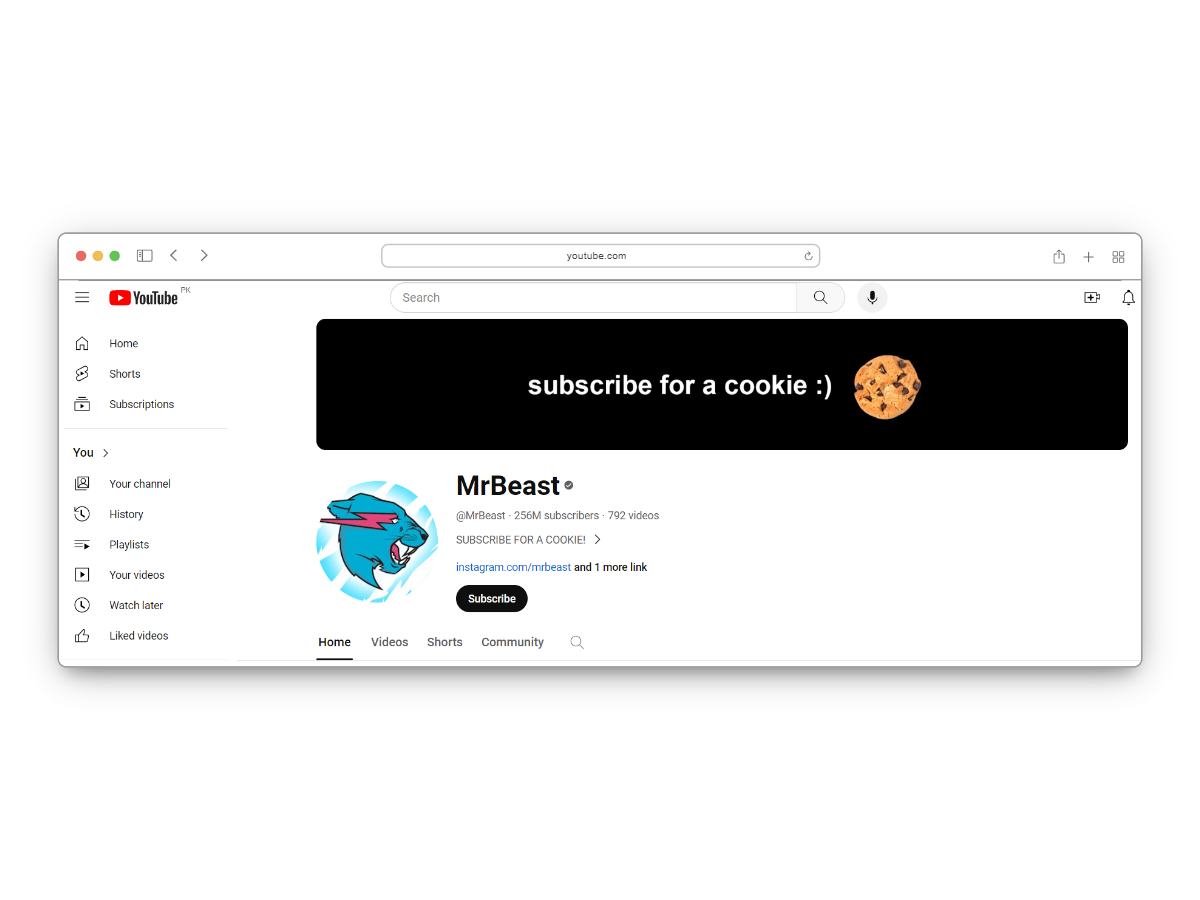
MrBeast, who began by posting videos of stunts and impossible challenges, figured out how to master YouTube’s algorithm all on his own. Now, he is known to be one of the most watched YouTuber and has opened his own website “Beast Philanthropy” and even restaurants! Talk about growing a channel and this entrepreneur is a must mention.
Marques Brownlee, another name dominating in the realm of YouTube, is a prime example of how skills and techniques polish over time and can lead to an independent business.
Starting off as a newbie with a passion in tech, MKBHD began to grow through partnerships with big personalities such as CEO Dennis Woodside and Kobe Bryant, while building up his team and in the long-term creating a brand with firm roots.
READ MORE: How to Download A TikTok Video Without Posting It [2024] ➜
7. Recent Changes & Updates
This era of YouTube diversified the content alongside catering to the audience changing requirements by modifying its features. Adding flexibility to the upload limits and prioritizing quality content, YouTube has ensured authenticity of channels and kept a balanced outlook.
Moreover, incorporating YouTube Studio has maximized the efficiency of the content being uploaded in accordance with the algorithm. By introducing Shorts (which are 60-second vertical videos), YouTube has given creators versatility in making content and increasing monetization.
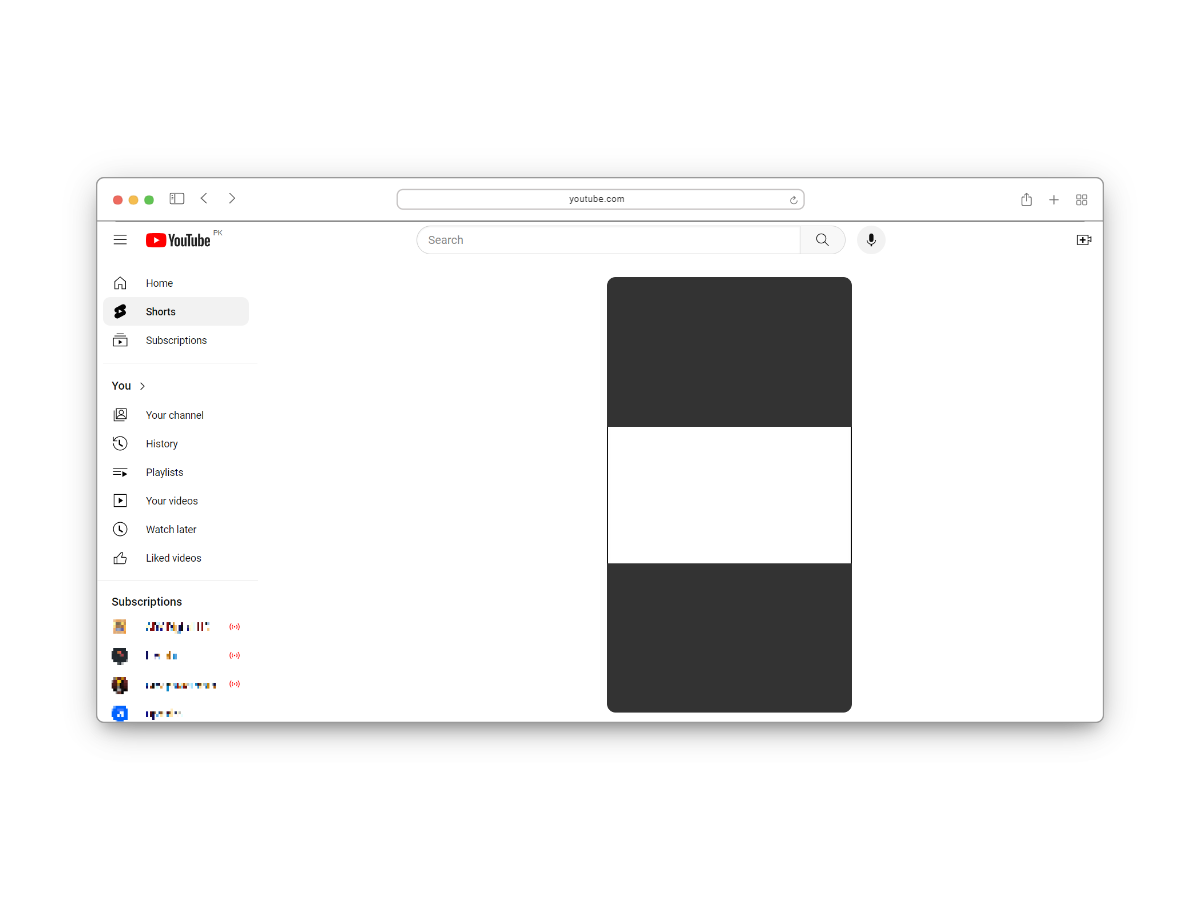
Similarly, categorized kid’s content through YouTube Kids allows for a more nuanced approach towards creating a suitable environment for viewers. Apart from that, even the smallest updates such as no dislikes shown in current videos or the changes in the layout of the platform have increased accessibility for users and highlight the need for constant evolution for a better user experience.
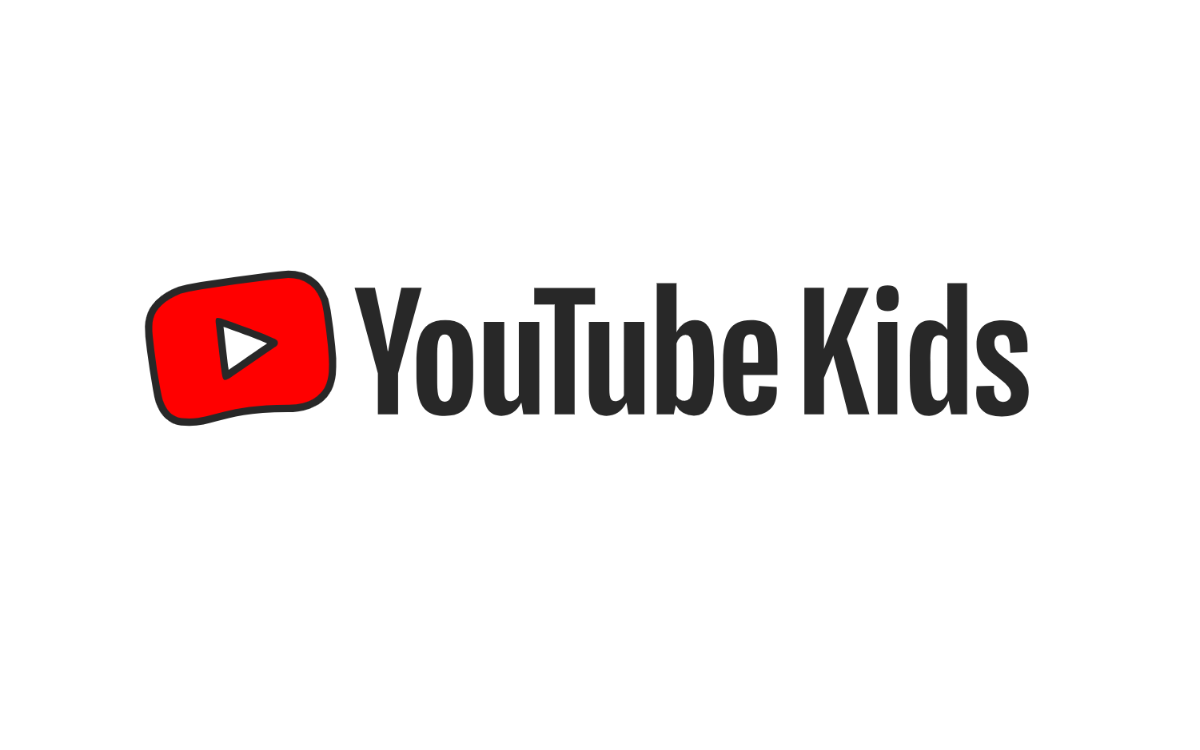
Today, YouTube ranks as the second most used social media platform on the internet and continues to serve as a dynamic online ecosystem.
READ MORE: How to Unsync Your Facebook and Instagram Accounts in 2024 ➜
The Future of YouTube
While YouTube’s growing significance cannot be denied, the chances of facing pressure from other competitors cannot be overlooked. Hence, to stay in the digital era game, YouTube must stay up-to-date with the ongoing trends and technological advancements, and offer a promising future to the creators and artists.
In the upcoming years, YouTube will focus on exploring other ways for creators to earn money and further increase monetization. While prioritizing a better experience for its users, YouTube aims to implement interactive features that will enhance its effectiveness and viewers reach.
By ensuring a safe community and adhering to strict policies that will address related concerns, the site’s goal is to diversify its content and cater to audiences’ niches. This includes adaptation to different languages, cultures, and regions and users’ demographics.
Moreover, YouTube might work on further incorporating AI for the refinement of its algorithm, allowing for personalized content tailored for each individual. Implementation of AI tools for quick video editing or generating quality captions and descriptions is also a high possibility. To make the platform more engaging and interactive, VR and AR technology integration will enable immersive experiences.
However, it’s critical to note that the future enhancements of YouTube largely depend on factors such as users’ continuous role in creating content, the evolving trends resulting in market shifts and the progression of technology.
When Was YouTube Created
YouTube has gained immense popularity due to its easy-to-use interface that doesn’t require any tech expertise for its utilization. In addition, users are free to explore content of different niches without the hassle of creating an account or submitting any fee. It serves as a reliable video sharing platform and allows for worldwide engagement through its countless features and services such as YouTube Premium, YouTube Music, YouTube Kids, and YouTube Studio.
The first ever YouTuber to hit the milestone of a million subscribers was a character named Fred Figglehorn, actually played by Lucas Cruikshank. This high pitched-character gained popularity due to his enthusiastic style accompanied by humorous animations.
You must meet certain requirements in order to officially get paid by YouTube through their Partner Program. These conditions include having at least 1000 subscribers with either 4000 watch hours in the recent year or 10 million Short views in the past 3 months. This will allow you to monetize your channel and start earning.
 Reviewed by
Reviewed by 
